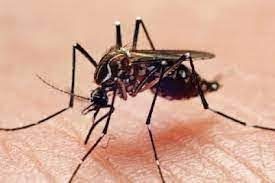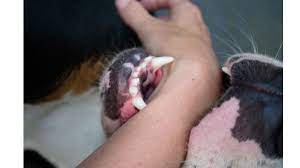New Research Exposes the Stealthy Defense Mechanism of the Chikungunya Virus
The Chikungunya virus has long been a source of worry in the world of viral illnesses because of its capacity to produce crippling symptoms and spread quickly. New perspectives on this virus, however, have been revealed by recent ground-breaking research, suggesting prospective avenues for the development of efficient vaccinations or therapies. Researchers have discovered the virus’s “invisibility shield,” a defense mechanism that has complicated our comprehension of the behavior of the virus and hampered the creation of effective defenses. The intriguing world of the Chikungunya virus, its newly discovered invisibility barrier, and the prospective pathways it provides for medical development are all covered in this article.
Investigating the Invisibility Shield’s Mysteries
A Mask of Invisibility
Scientists have found the Chikungunya virus to be a challenging foe, mostly because of its capacity to avoid immune system recognition. The virus can conceal itself from immune cells thanks to a clever camouflage mechanism that has been named the “invisibility shield” by researchers. This barrier hides viral particles, making it difficult for the immune system to find and destroy them.
Structural proteins’ Function
On the surface of the virus are certain structural proteins that are essential to this invisibility barrier. These proteins interact with immune system components and host cells in a manner that prevents identification and action. The capacity of the virus to conceal its existence has made conventional measures generally ineffectual, which is why prior efforts to produce vaccinations or therapies have been difficult.
Implications for Vaccines and Treatments: A Glimmer of Hope
exploiting weaknesses
Although the invisibility barrier is a serious obstacle, it also provides a special opportunity. The physics of this shield can be understood by researchers in order to find possible weaknesses. The creation of vaccinations or therapies that specifically target the shield might be facilitated by this new information. This would allow the immune system to recognize the virus and mount a more potent defense.
consolidating genetic insights
The mysteries of the Chikungunya virus have been greatly helped by genetic research. Researchers have learned more about the history and development of the invisibility barrier by examining the genetic composition of the virus. Designing interventions that undermine the shield and weaken the virus’s defenses is made much easier with the use of this knowledge.
The Future’s Road: Prospects and Challenges
Getting Over Adaptability
The Chikungunya virus is a powerful foe because to its exceptional capacity for adaptation and evolution. It is very difficult to create vaccinations or therapies that can keep up with the virus’s capacity for adaptation. Researchers need to plan for any mutations and changes that could change how successful their therapies are.
Coordinated Efforts
To effectively combat the intricacies of the Chikungunya virus, worldwide cooperation is necessary. Together, scientists, medical experts, and decision-makers must share their expertise, resources, and ideas. Accelerating research, clinical testing, and the final use of vaccinations or therapies all depend on international collaboration. In our fight against this elusive illness, the identification of the Chikungunya virus’s invisibility barrier represents a significant turning point. Researchers are getting closer to creating novel vaccines or therapies that might completely alter how we manage viral infections by understanding the mechanics behind this barrier. The interdisciplinary thinking and the commitment of resources will be crucial in reaching the full potential of this newly discovered information as we continue to solve the riddles of the virus.







